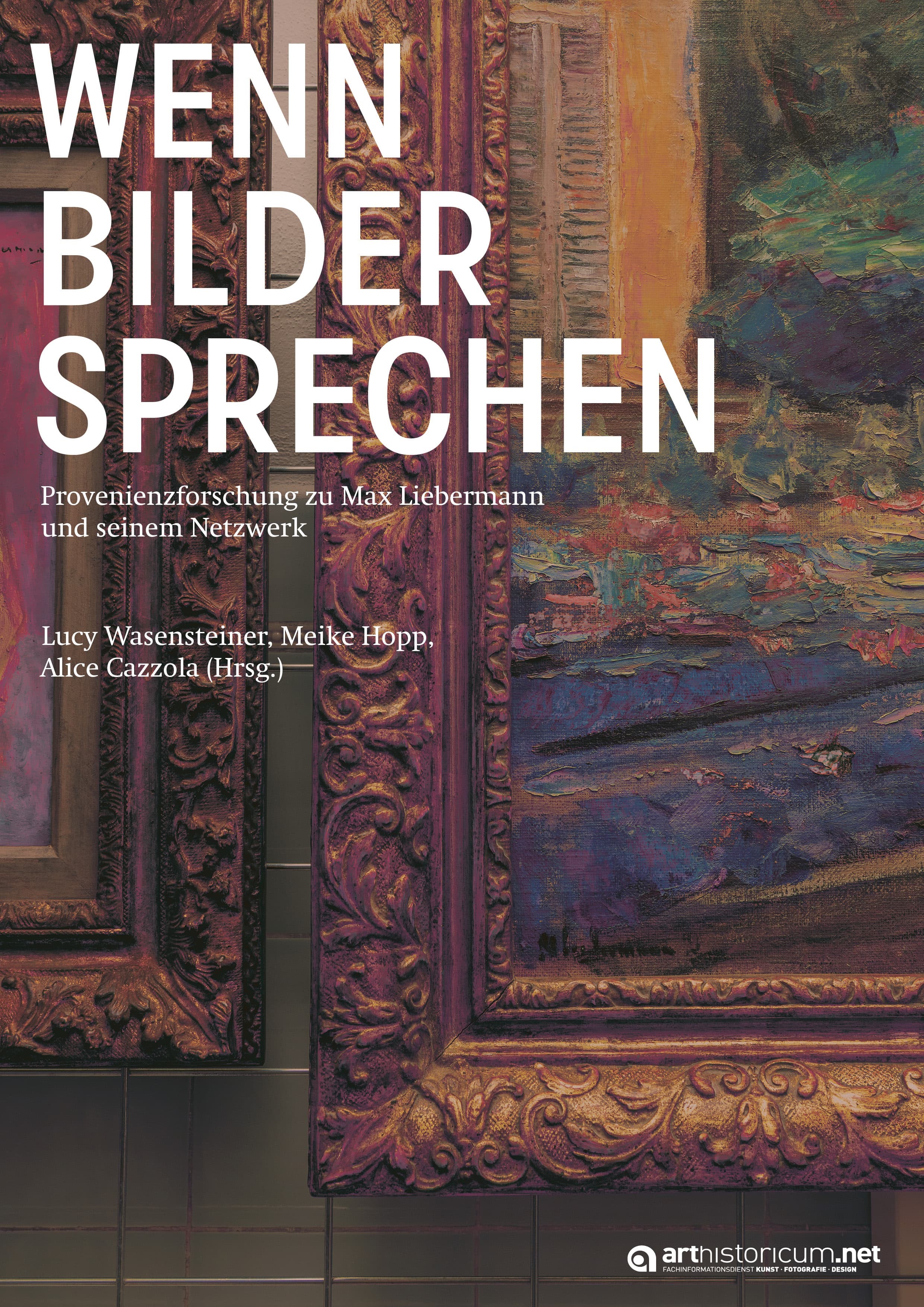How to Cite
License (Chapter)

This work is licensed under a Creative Commons Attribution-NonCommercial-NoDerivatives 4.0 International License.
Published
Max Liebermann und der Kunstsalon Cassirer
Die Rekonstruktion einer Zusammenarbeit von Kunsthändler und Künstler anhand ausgewählter Beispiele aus dem Paul Cassirer & Walter Feilchenfeldt Archiv in Zürich
On 1st November 1898, the cousins Bruno and Paul Cassirer opened their gallery at Viktoriastrasse 35 in Berlin-Tiergarten. From the very beginning Max Liebermann acted as an adviser for the Cassirers and worked closely with them, both as an artist and as a collector. Liebermann’s work was frequently exhibited by the gallery - around 2,300 Liebermann works are listed in the company’s stock books. At the same time, Max Liebermann became one of the gallery’s most active collectors, in particular of French Impressionism. After 1933, when the National Socialists came to power, the most important works from Liebermann’s collection secured the livelihood of his daughter Käthe and her family in the United States. The then-partner of the gallery, Walter Feilchenfeldt, played a central role in saving these works from German confiscation. The surviving stock books in the Paul Cassirer & Walter Feilchenfeldt Archive in Zurich trace the path of many of these works of art, both those by Liebermann and those that were in his collection. Some examples will be retraced in this article.







